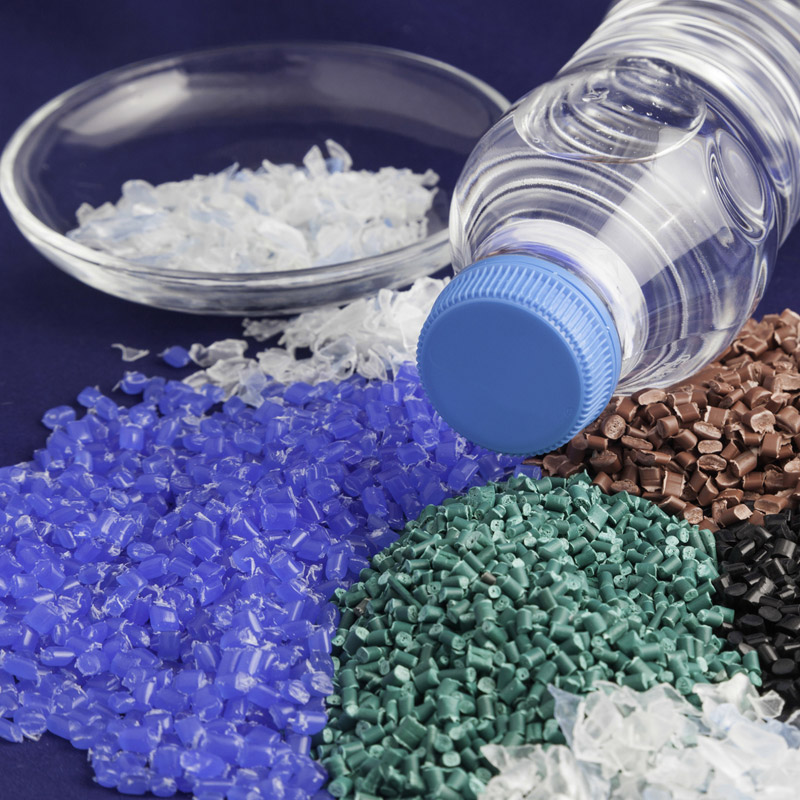Functional pearlescent pigments achieve their unique color effects through a combination of structural and optical properties. Here’s how they work:
Layered Structure:Functional pearlescent pigments typically consist of a substrate (often mica or other transparent materials) coated with layers of metal oxides. This layered structure creates interference effects, where light reflects off multiple layers at different angles.
Light Interference:When light hits the pigment, some wavelengths are reflected and others are transmitted. The interference between these reflected light waves enhances specific colors while diminishing others, resulting in a unique color effect that can change depending on the viewing angle.
Angle of Viewing:The color appearance of pearlescent pigments can vary significantly with the angle of observation. This angle-dependent color shift contributes to their iridescent quality, allowing them to display a range of colors in different lighting conditions.
Thickness of Coatings:The thickness of the oxide layers can be controlled during manufacturing to fine-tune the color effects. Thinner layers might produce different hues compared to thicker layers, allowing for customization based on application needs.

Substrate Interaction:The properties of the substrate material, including its color and transparency, also influence the final color of the pearlescent pigment. This interaction can enhance or modify the perceived color.
Additives and Formulations:Incorporating functional additives can further enhance the performance and appearance of pearlescent pigments, allowing for unique effects such as increased brightness or improved stability.
Application Techniques:The method of application (e.g., spraying, mixing, or embedding) can also affect how light interacts with the pigments, further influencing the color effects achieved in the final product.
Light Sources:The type of light (e.g., natural sunlight vs. artificial lighting) can significantly impact how the colors appear. Different light sources can enhance or diminish specific wavelengths, altering the visual effect of the pigments.
Customization for Specific Applications:Manufacturers can tailor the formulation of functional pearlescent pigments for specific applications, such as automotive coatings, cosmetics, or packaging.This customization can target desired effects, whether it's a subtle sheen or a vibrant, color-shifting finish.
By leveraging these various factors, functional pearlescent pigments create stunning visual effects that are both dynamic and versatile, making them popular in a wide range of industries.

